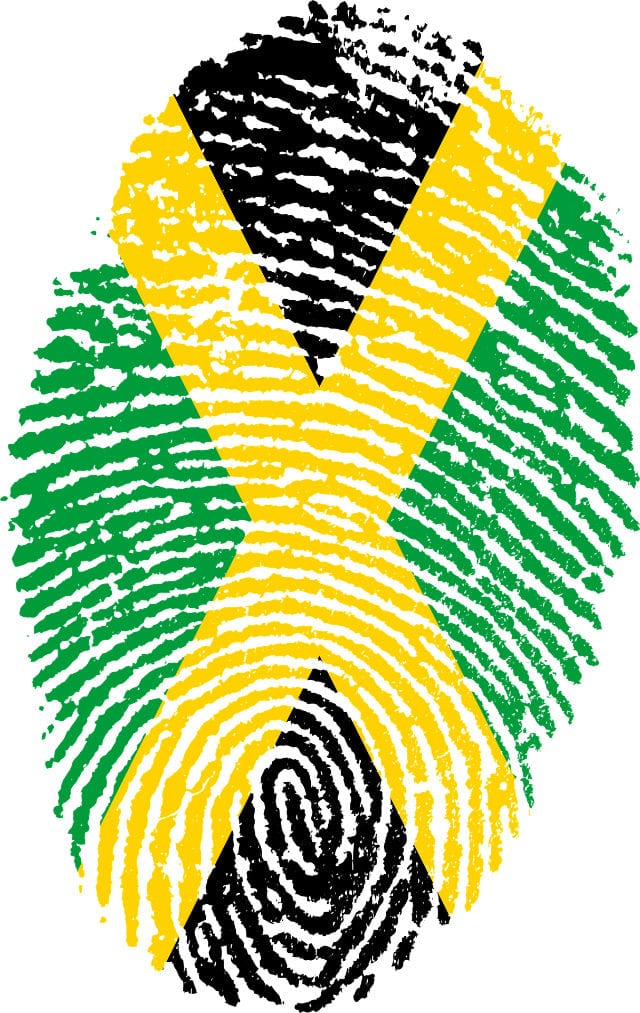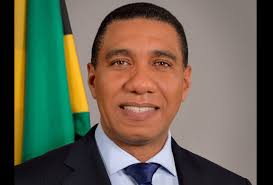Content
Unexplored Blue Economy in Jamaica
Despite being surrounded by the Caribbean Sea, Jamaica isn’t utilizing its marine resources (Blue Economy) due to lack of proper understanding and training/education. There is a paradox that is unique to many Small Island Developing States (SIDS). Therefore, they occupy relatively small land masses but have jurisdiction of oceans and seas several times their sizes. Jamaica, for example, is approximately 10,000 sq. km (km2), but its exclusive economic zone (EEZ) is much bigger. If one were to look solely at the size differential, it would appear unlikely that land-based actions could have any significant effect on this vast seascape.
The coastline and the Blue Economy Jamaica
Jamaica’s coastline is approximately 1,022 km and includes an array of ecosystems including coral reefs, seagrass beds, mangrove forests and wetlands. These systems protect the coastline and importantly, provide habitat for several species of fish and other marine life.
The seascape provides the main source of income for the fisher folk who are among most vulnerable, and protein for the wider population.
It is also the basis of the tourism model of Jamaica which contributes 7.8% of GDP and accounts for 8% of the employed labour force.


My favorite waste collector
The picture below is a Before and After slider which is showing a spot at Palisadoes Highway between the Harbour Roundabout and the Entrance to the CMU and RJYC. I took a picture of that same spot every morning on my way to the University.
The Before picture (left) shows the shoreline after an average rainy day/night in the Kingston area. I want to draw your attention to the piece of tree in the middle of both pictures. He is my favorite natural waste collector and capture. Why are we not mimicking his ability to withhold the waste? Why I saying that? Because what you don’t know the picture on the right side shows a day in early October 2018 and the picture on the left side is taken in February 2019. Therefore, for more than half a year that piece of an ancient tree is doing an excellent job. Of course, it will not help to change the mentality of the producer of the waste. But it will make the job (to collect the debris out of the water) much more manageable.
Jamaica's - EEZ - Exclusive Economic Zone
Jamaica has an Exclusive Economic Zone (EEZ) of 257.777 square kilometer. The Jamaican land area is in square kilometer: 10.830. Let’s start the calculator. How often can fit the shelf in the EEZ and TIA?
23,8
Okay. Let’s be a little bit optimistic. We will say. The EEZ of Jamaica is 24 times larger than the land area. This means that Jamaica holds 68th place in the global ranking.
Use the mouse to magnify…
Countdown to 2020 UN Ocean Conference
Blue Economy Jamaica
Innovative financing, new technologies, capacity building, good governance and investment in the underdeveloped sectors of the Blue Economy can transform current development challenges of the country into opportunities for people and communities around the island and in the Caribbean region.
Proper fisheries management, investment in sustainable aquaculture and protection of critical habitats can restore ocean productivity and benefit the people while ensuring future growth, food security and jobs for coastal communities.